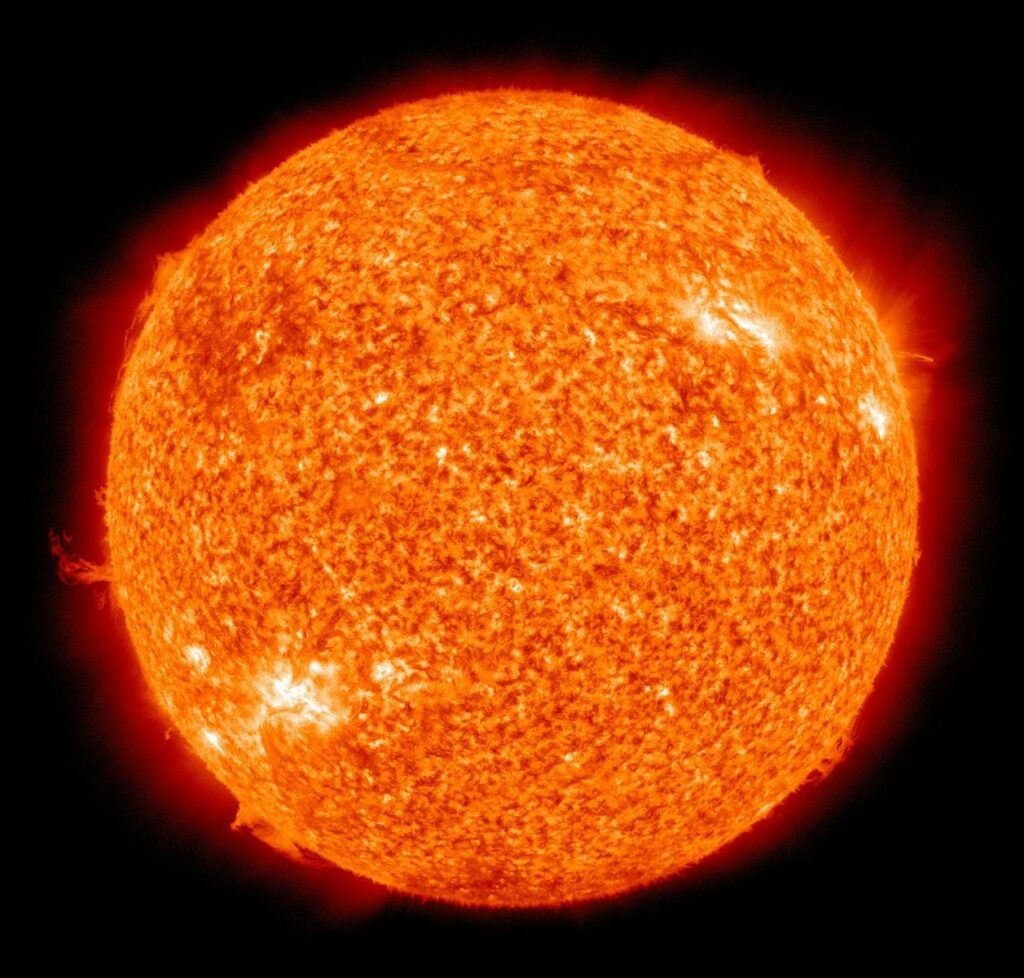It sounds simple: measure the gap between our blue world and the star that keeps it alive. Yet the answer hides inside moving targets, rippling heat, and a clock that never ticks at a constant pace. Scientists pin the average distance near one astronomical unit, a tidy figure that anchors spaceflight, climate science, and our sense of the cosmos. But Earth’s path is not a perfect circle, and the number you learned in school is both right and not the whole story. This is the tale of an orbit that breathes – an elegant dance that changes our seasons, our daylight, and even how fast our planet sprints through space.
The Hidden Clues
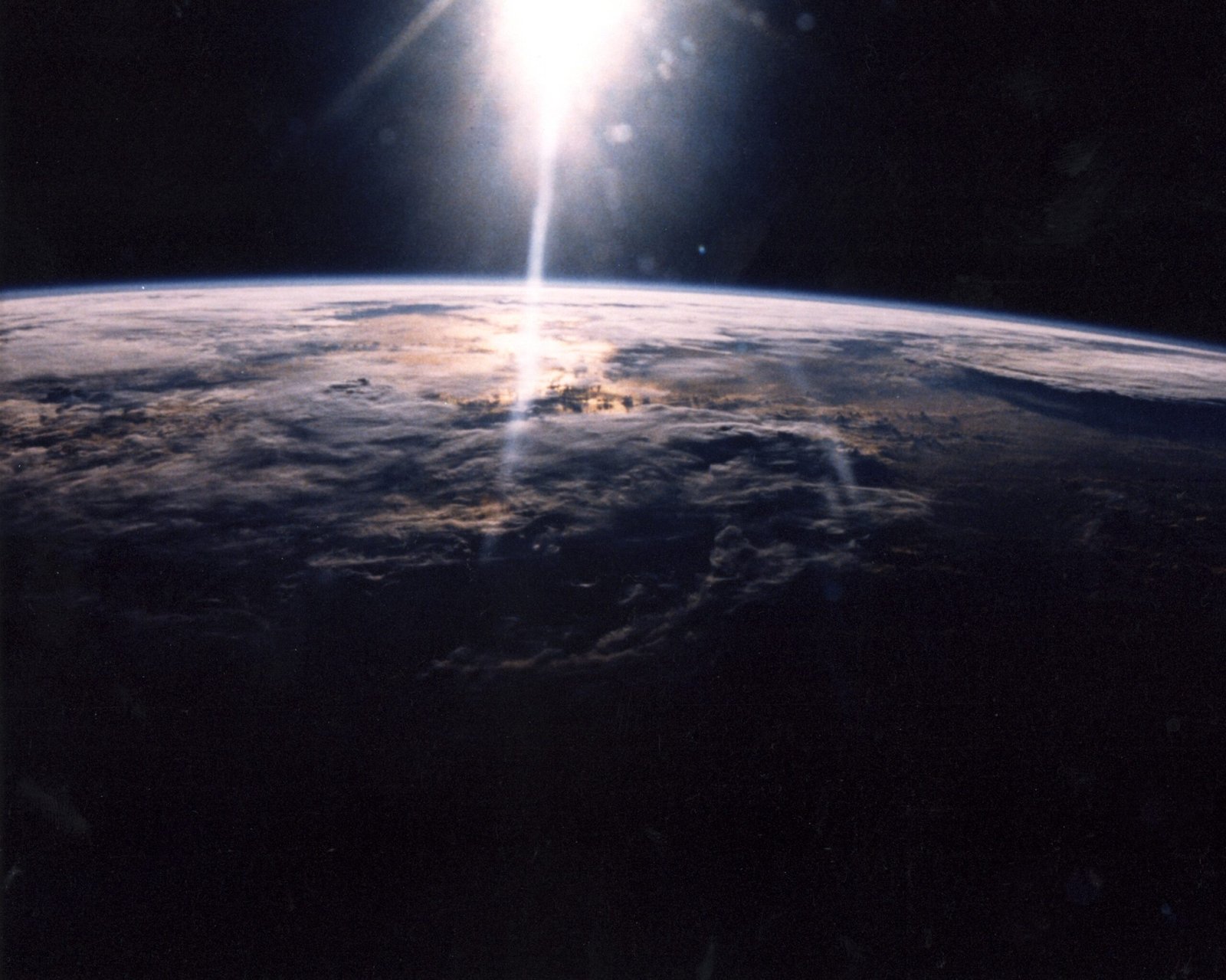
Here’s a jolt: when you step into winter sunshine, you’re actually closer to the Sun than you are in summer if you live in the Northern Hemisphere. That twist comes from Earth’s slightly elliptical orbit, not from a seasonal dimmer switch in our star. The Sun isn’t moving away in July; we are just a touch farther along a stretched path.
That stretch means the banner number – roughly one hundred and fifty million kilometers – can’t tell the full story on its own. The true distance slides from about one hundred forty-seven million kilometers in early January to around one hundred fifty-two million in early July. And those shifts affect more than trivia: they subtly reshape how much solar energy lands on our planet and how quickly Earth sweeps through its track.
From Ancient Tools to Modern Science
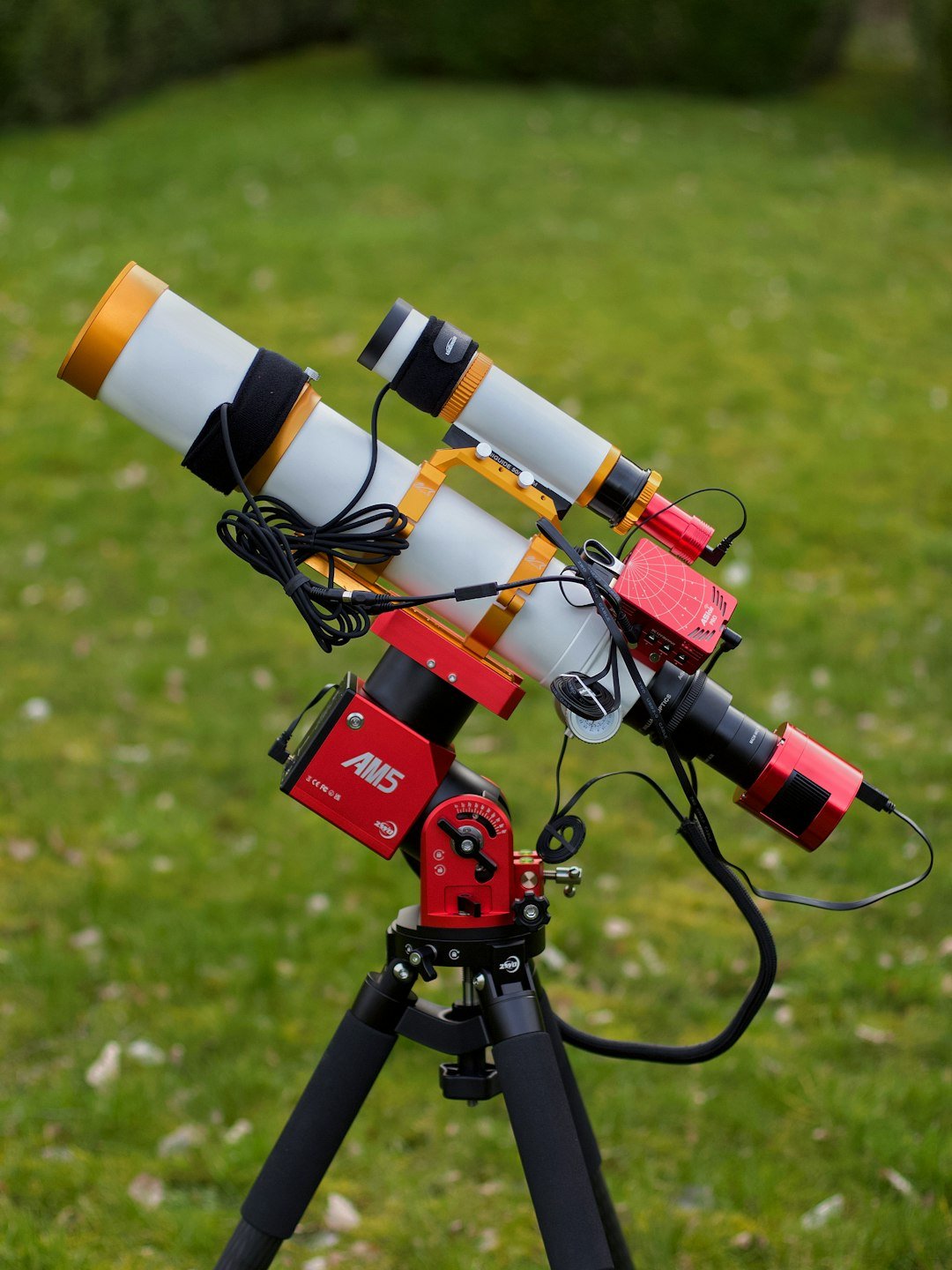
Long before spacecraft and lasers, sky watchers used shadows, angles, and patience to probe cosmic scale. They timed the rare passages of Venus across the Sun to triangulate our orbit with geometry you could sketch on a classroom board. The numbers were rough by today’s standards, but the ambition was breathtaking.
Modern science tightened the screws with radar echoes to Venus, precision spacecraft tracking, and exquisitely tuned planetary ephemerides. Today, the astronomical unit – our yardstick to the Sun – is defined as an exact length, not a moving estimate. That shift to a fixed constant lets engineers, navigators, and climate modelers compute with confidence while still acknowledging that Earth’s actual daily distance varies.
What 149,598,262 km Really Means
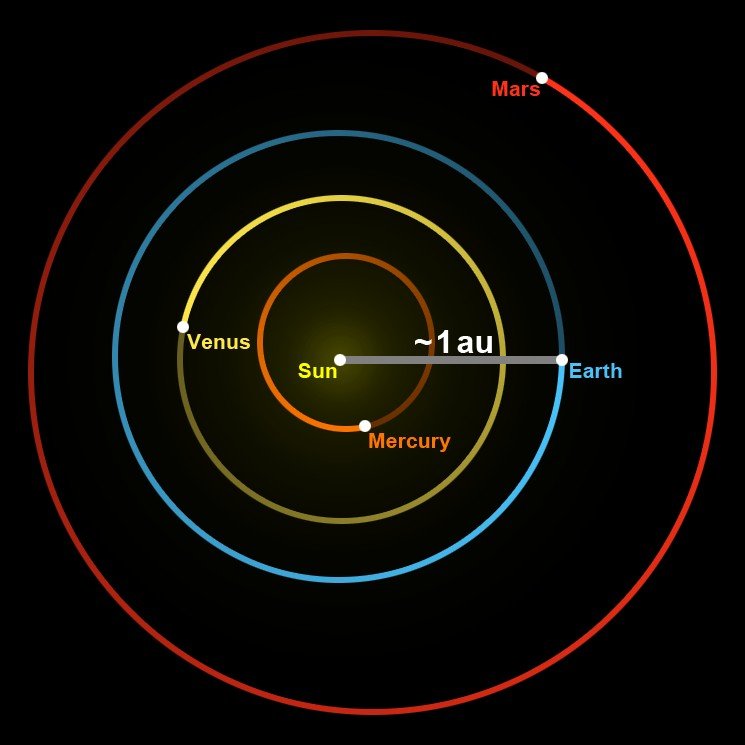
The figure on the page looks authoritative, and it’s certainly in the right neighborhood. By international definition, one astronomical unit is exactly one hundred forty-nine million five hundred ninety-seven thousand eight hundred seventy point seven kilometers. Your number sits within a tiny hair of that standard and matches what most of us mean by “the distance to the Sun.” It’s a center‑to‑center average made to tame an orbit that refuses to sit still.
Here’s a gut check for scale: if the Earth–Sun distance were a cross‑country road trip from New York to Los Angeles, the difference between our closest and farthest points would be like a short detour around a city block. Light still needs roughly eight minutes and twenty seconds to make the run either way, which is why solar storms don’t arrive instantly and why spacecraft signals feel a beat behind. The number is stable enough to power navigation but elastic enough to keep nature interesting.
Signals in the Light
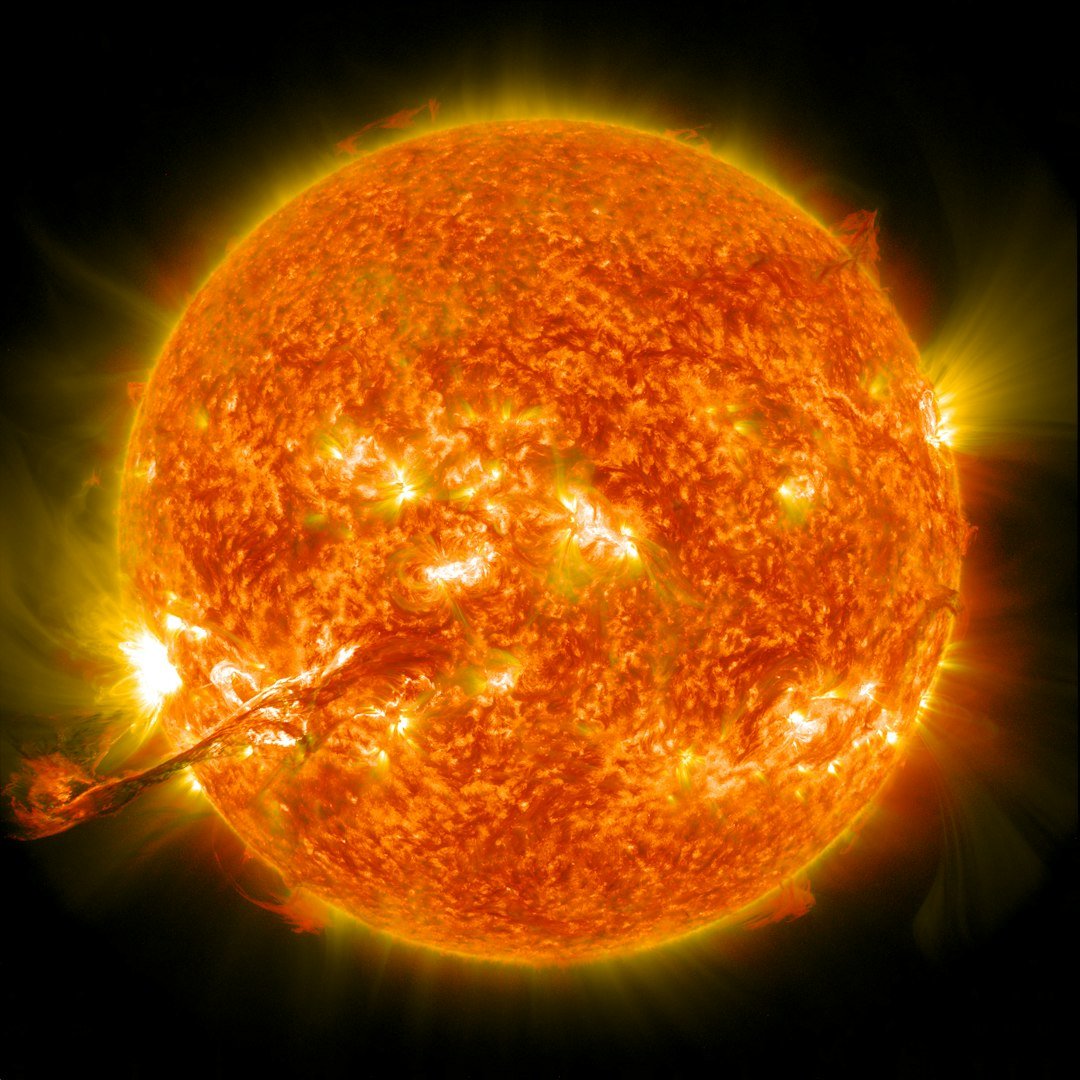
The “solar constant” isn’t truly constant for observers on a moving Earth. At one astronomical unit, sunlight brings in about one thousand three hundred and sixty watts to every square meter facing the Sun at the top of the atmosphere. Ride Earth toward perihelion and that figure climbs; drift outward and it softens. Over the eleven‑year solar cycle, the star itself flickers slightly, adding another small but measurable wobble.
Engineers fold those changes into satellite design so instruments don’t drift out of calibration. Power budgets for spacecraft around Earth and at the L1 point – about one hundredth of the way to the Sun – depend on getting the distance right day by day. Even high‑end climate datasets rely on this choreography to correct measurements and keep long‑term trends honest.
Why It Matters
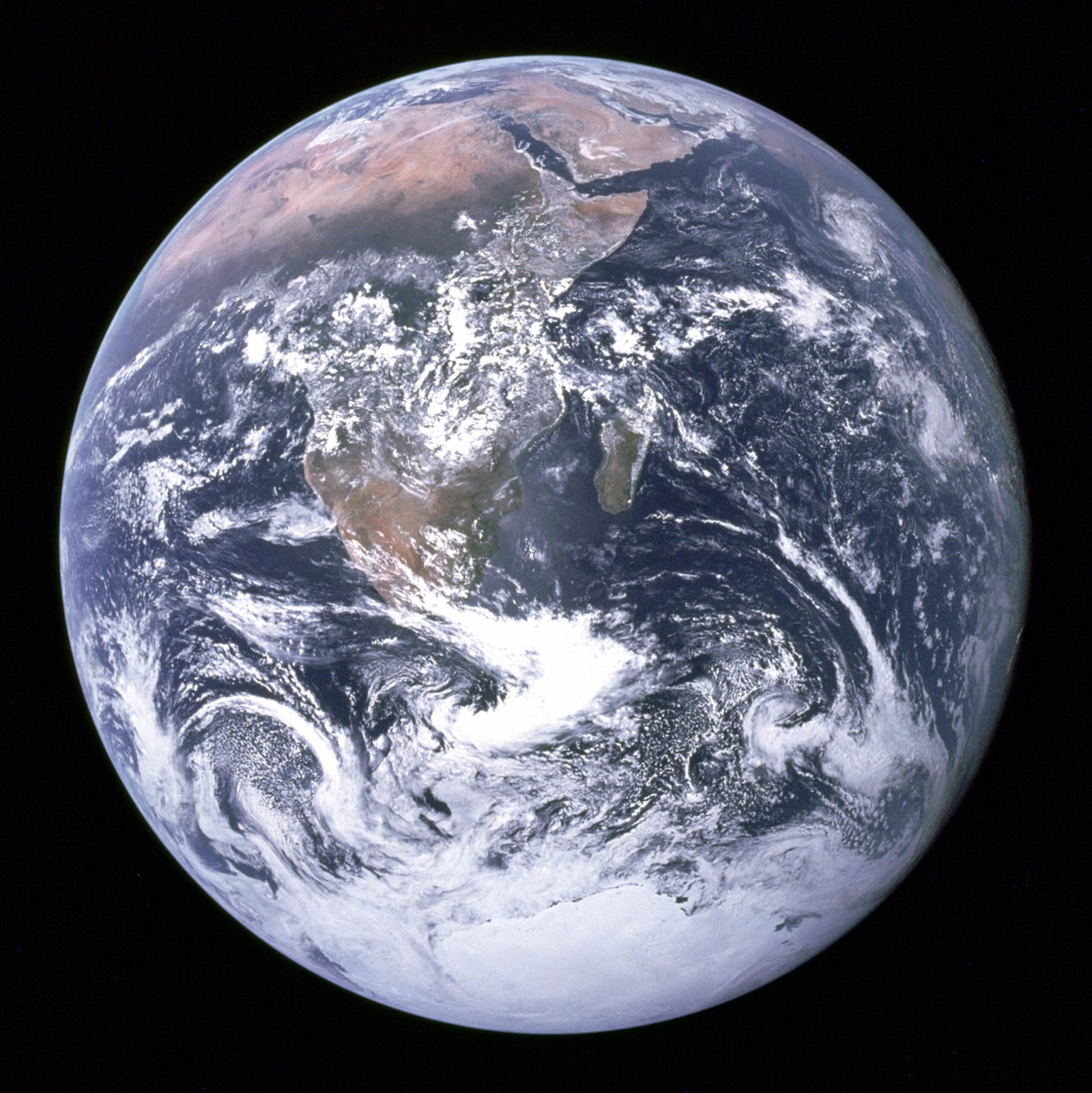
Understanding Earth–Sun distance isn’t pedantry; it’s the difference between a fuzzy and a razor‑sharp picture of our world. Climate models tune their equations to seasonal energy swings driven by orbital geometry, then test them against satellite observations. Without that precision, long‑term warming signals could blur into seasonal noise or instrument quirks, and policy decisions would rest on shaky ground.
There’s also a practical edge. Solar grid planners estimate output using the yearly march of Earth’s distance and angle, and mission controllers time maneuvers with knowledge of light‑time delay. Compared with older rules of thumb – like a single “average” number – the modern approach treats the orbit as a living variable, and it pays off in cleaner data, safer spacecraft, and forecasts that line up with reality.
Global Perspectives
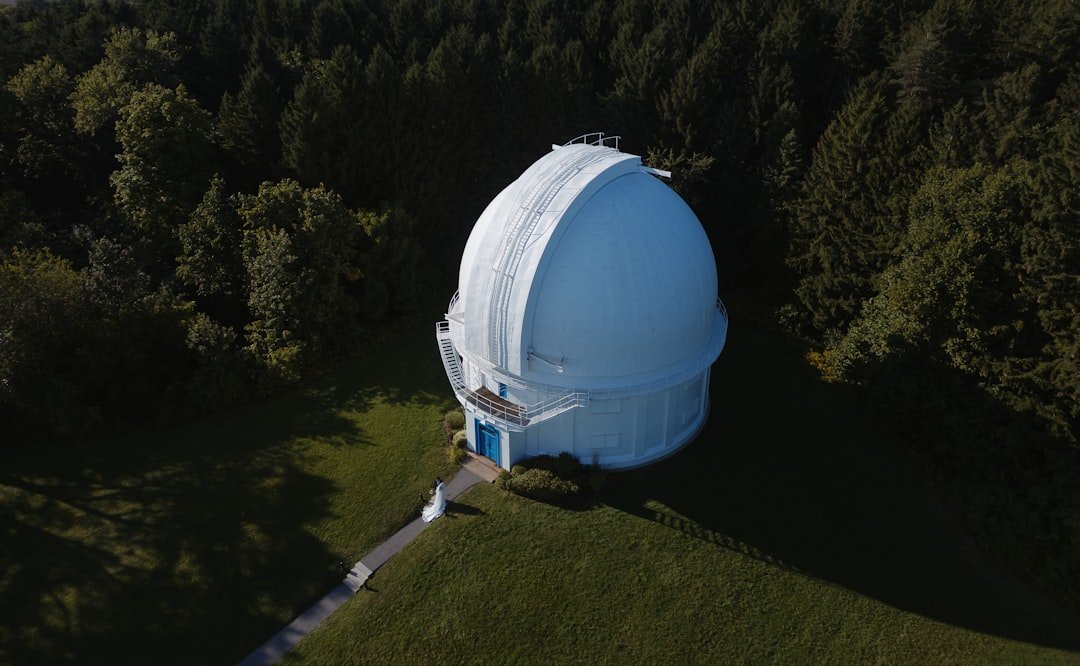
Every culture has read stories from the Sun, but the tools evolved as the questions got sharper. Ancient observers built stone calendars and sun‑sniffing towers; later, telescopes and stopwatches turned spectacle into measurement. The global scientific community now shares open ephemerides, cross‑checks space‑based radiometers, and trades data in near real time.
That collaboration matters when a solar outburst sends charged particles barreling toward Earth. Mission teams at observatories perched near the L1 point watch the wind coming, and forecasters translate minutes and megawatts into alerts for power grids, aviation, and satellite operators. The same geometry that sets our distance also sets our warning time, and coordination turns those minutes into action.
The Future Landscape
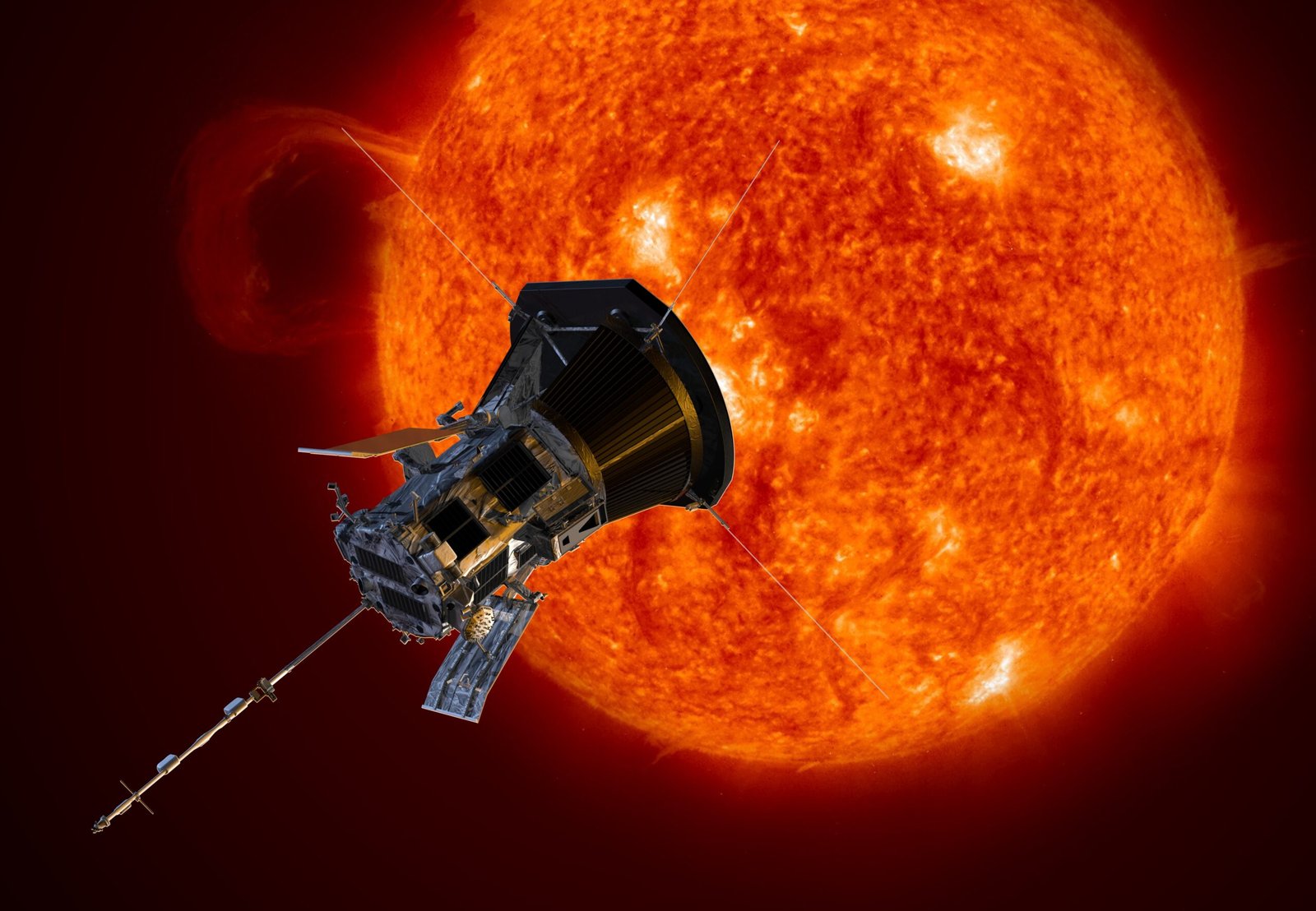
New solar missions are closing the gap between statistics and lived reality. Probes that skim closer to the Sun than any before are mapping the machinery that drives flares and the solar wind, while precision laser links promise navigation and timing with breathtaking finesse. Closer to home, better radiometers and CubeSats will track the ebb and flow of solar energy with finer granularity.
Expect smarter forecasting that blends orbital position, solar activity, and atmospheric response into hour‑by‑hour guidance for grids, aviation, and spacecraft. Farther out, probes headed to the outer planets and beyond will rely on clockwork Earth–Sun distances to schedule communications and steer by starlight. The metric may be fixed by definition, but our use of it is getting faster, richer, and more consequential.
How You Can Engage

Start local: check sunrise and sunset times through the year and watch how the arc of the Sun changes with the seasons. Pair that with a backyard experiment using a stick and a notebook to track shadow length at noon each week; you’ll see the orbit breathe in slow motion. If you have a small solar panel – on a garden light or a camper – note how output rises and dips as Earth’s position shifts and skies clear or cloud.
Support missions that keep an eye on our star and the space weather it sends our way. Encourage schools and libraries to host citizen‑science projects that log sunlight, temperature, and cloud cover, then compare notes with publicly available satellite datasets. Small acts of measurement build intuition, and intuition is how the abstract distance to the Sun becomes something you can feel in your bones.

Suhail Ahmed is a passionate digital professional and nature enthusiast with over 8 years of experience in content strategy, SEO, web development, and digital operations. Alongside his freelance journey, Suhail actively contributes to nature and wildlife platforms like Discover Wildlife, where he channels his curiosity for the planet into engaging, educational storytelling.
With a strong background in managing digital ecosystems — from ecommerce stores and WordPress websites to social media and automation — Suhail merges technical precision with creative insight. His content reflects a rare balance: SEO-friendly yet deeply human, data-informed yet emotionally resonant.
Driven by a love for discovery and storytelling, Suhail believes in using digital platforms to amplify causes that matter — especially those protecting Earth’s biodiversity and inspiring sustainable living. Whether he’s managing online projects or crafting wildlife content, his goal remains the same: to inform, inspire, and leave a positive digital footprint.

